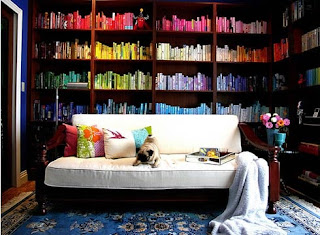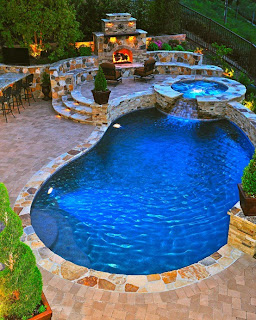How Does a Solar Panel Store Energy?
Harnessing The Sun
- The desire to find alternative energy seems to increase more and more as the theory of global warming becomes more convincing. We've looked to the sun as a resource in the past and are increasingly seeing solar panels on buildings and other constructions. In fact, the State of California in 2007 passed legislation requiring solar paneling be installed on all state buildings where feasible. This article will explain how these solar panels collect energy and transform it into emissions-free power for us.
Perfect vs. Imperfect Silicon
- The sun emits heat and energy for hours upon hours a day; approximately 1,000 watts of energy per square meter of Earth is blessed with the sun. Solar panels are design to catch as much of those watts as possible, utilizing specially designed cells called Photovoltaic (Pv) cells. They are split into positive and negative cells.
The Pv cells in the panel are actually contain semiconductors made of silicon. When the light hits the Pv cells, they transfer the electrons to the silicon. Pure silicon is made of 14 electrons within three shells. The inner shells are full but the outer shell only holds four electrons that bond with the neighboring pure silicon's other four electrons.
But solar cell silicon is imperfect since its atoms are mixed with other atoms like phosphorous that contain a 5-electron outer shell. Since the silicon structure only has 4, there's one left hanging when silicon and phosphorous cells bond up. It will stay there until the light energy heats up the silicon. Once that happens in the negative Pv cell, the hanging electron breaks free and is charged with energy, looking for a place to land. Other electrons get freed up as well, but the "loose" phosphorous ones are much easier since they aren't bonded. Their landing spot would be the positive Pv cell since it happens to have electron-free holes, courtesy of the boron cells in it. Boron only has three cells on the outer shell, making it a perfect fit. Those charged, free cells wander around until they meet the "outlet" discussed earlier.
Protection, Installation and Use
- Those cells are covered in glass and anti-reflective coating to protect it from harsh elements. When installed on your house, they must be angled perfectly. There are usually 36 cells in a solar panel designed for a house. If one is covered from the sun, you can lose up to 50% of energy collection! People usually connect their panels to long-life batteries or the power company's grid. Batteries are useful so that they can store energy for use on those days when the clouds are out. Connecting to the grid can actually MAKE you money; if you produce more solar energy than you need, the energy company will "buy" it from you. If it's particularly cloudy for a period of time, you would use the grid's energy. Of course, they'll charge you more for energy than you would sell to them, but the trade-off of having a practically free energy storage unit can't be beat.



























































